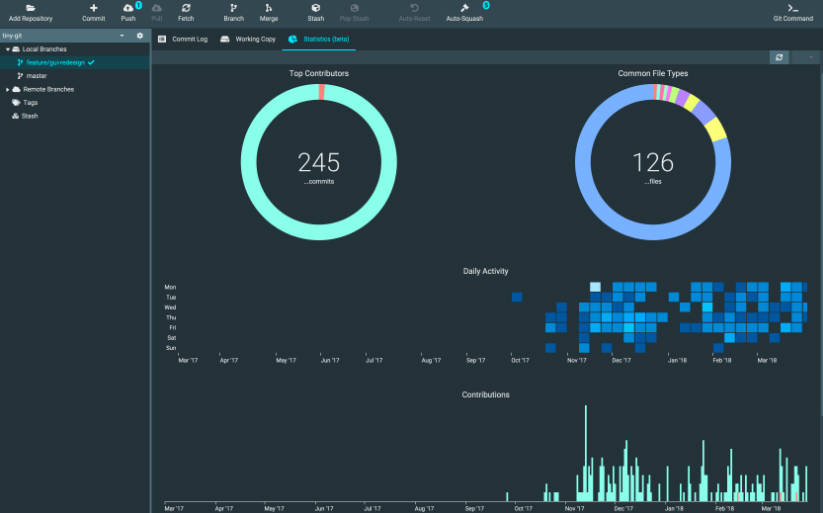Termux:GUI
This is a plugin for Termux that enables command line programs to use the native android GUI.
In the examples directory you can find demo videos and sample code.
Installation notes
There is currently no release on f-droid, so the only method to install this plugin is to compile it and termux yourself.
Releases on f-droid will be provided as soon as possible.
Protocol.md describes the Protocol used and the available functions you can use.
Using this plugin requires a bit of knowledge of the android GUI system. You can read about it in detail in the official documentation.
Relevant documentation is also linked in Protocol.md for more specific subjects.
Here is a crash-course:
Tasks
Tasks are the individual screen you can switch between. Each Task has a stack of Activities, called the back stack, with the top one being visible.
Activities
Activities are the individual screens of apps, like a home screen, a settings screen etc.
When an Activity finishes itself, it is removed from the Activity stack of its Task, showing the underlying Activity.
An Activity can also launch another Activity in the Task, adding it to the back stack on top of itself.
To not let the device to unneeded work like drawing Elements that aren’t visible, the System informs Activities of certain changes.
These are the Activity lifecycle events.
Activity Lifecycle
The most important lifecycle events for you will be onDestroy, onStart and onStop.
When an Activity is started, it is visible. An Activity is destroyed if the user finishes it (by dismissing it), when it finishes itself or when a configuration change occurs.
The plugin will tell you if the Activity is finishing when onDestroy is fired, so you know the Activity will be closed.
Configuration changes are handled for you, so you don’t need to worry about onDestroy if the Activity is not finishing.
Views
Views are the Elements that are displayed in Activities.
They are divided into Views and Viewgroups, which can themselves contain Views or Viewgroups.
That results in a hierarchy of Elements, with one at the top.
The Viewgroups are Layouts that position the contained Views according to your configuration.
The most used Layout is LinearLayout. It simply displays Views in a horizontal or vertical list, giving each Element the same space by default.
TextViews can display text.
EditText can get text input from the user.
Buttons can be clicked.
ImageViews can display images.
With these fundamentals you can go ahead and use this plugin. If you need more sophisticated Views or Layouts look into Protocol.md for what’s available.
